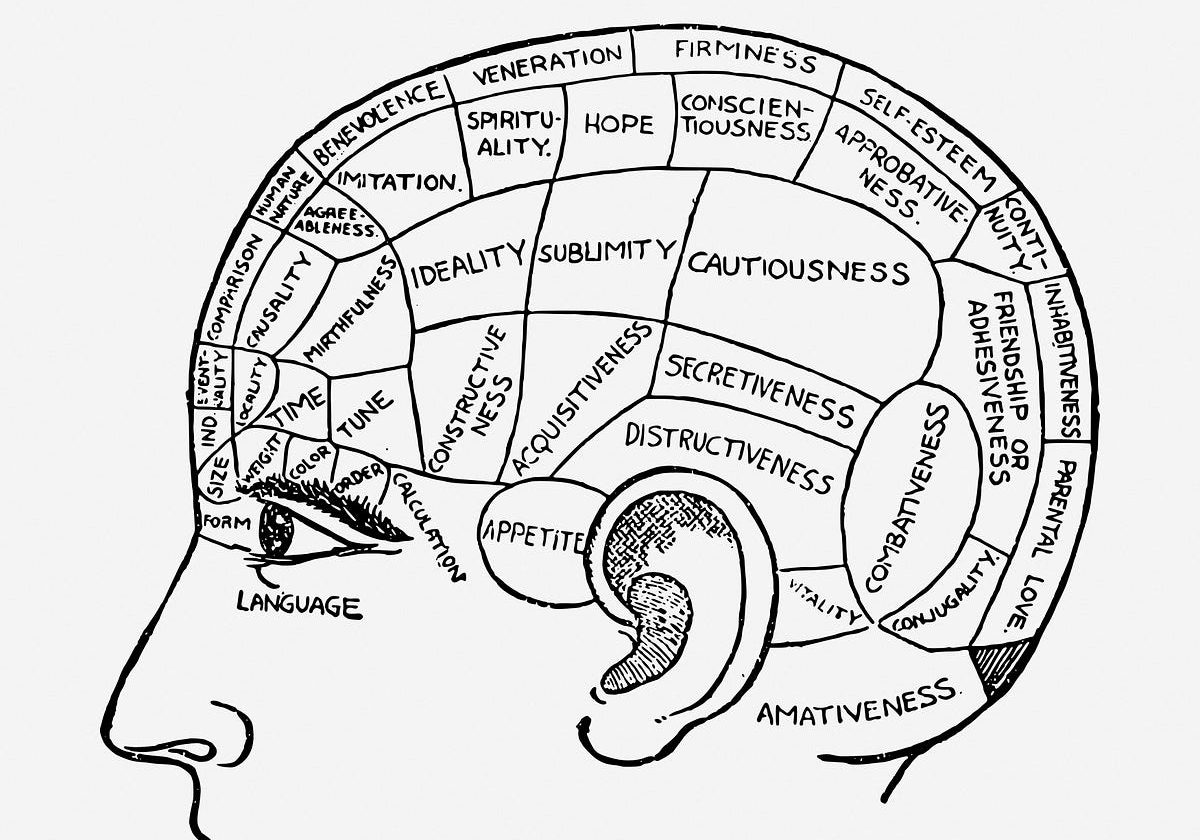Language learning involves more than just memorizing vocabulary and grammar rules. It’s about understanding how language reflects the way we think and perceive the world around us. One fascinating approach to language study is Cognitive Linguistics (CL), which explores the connection between language and cognition. In this article, we’ll delve into the key concepts of CL and how they can enhance your language learning journey.
What is Cognitive Linguistics?
Cognitive Linguistics (CL) is a branch of linguistics that focuses on the relationship between language and cognitive processes. Unlike traditional approaches that view language as a set of arbitrary rules, CL sees language as deeply intertwined with how our minds work.
Embodied Cognition
CL emphasizes the idea of embodied cognition, which suggests that our understanding of language is shaped by our physical experiences. For example, when we think of the word “bowl,” we don’t just consider its physical appearance. We also think about its weight, texture, and cultural significance. CL acknowledges the role of our bodies and experiences in shaping language meaning.
Metaphor and Metonymy
In CL, metaphor and metonymy are not just literary devices but essential mechanisms for understanding abstract concepts. Metaphor involves mapping one concept onto another, while metonymy involves associating a part with the whole. For example, the metaphor “time is space” helps us conceptualize time by relating it to a physical dimension.
Grammar as Symbolic
CL views grammar not as a set of abstract rules but as symbolic structures rooted in our cognitive processes. Grammar constructions are seen as patterns that reflect how we conceptualize reality. For instance, the transitive construction “I broke the window” reflects the action of transferring energy from the agent to the patient.
Language Learning Through Experience
According to CL, language learning is most effective when it involves physical experiences and meaningful interactions. Activities like Total Physical Response (TPR), where learners act out language meanings, can enhance retention and understanding. By engaging with language in context, learners can grasp both form and meaning more effectively.
Cultural and Conceptual Understanding
CL highlights the importance of cultural and conceptual understanding in language learning. Learners must not only grasp vocabulary and grammar but also understand the cultural contexts that shape language use. CL-based approaches help learners navigate these complexities by examining how language reflects cultural norms and conceptual frameworks.
Practical Implications for Language Teaching
Incorporating CL principles into language teaching can lead to more effective instruction. Teachers can focus on meaningful experiences, metaphorical explanations, and contextual understanding to help learners grasp language concepts more intuitively. By emphasizing usage and understanding, instructors can create a more dynamic and engaging learning environment.
Conclusion
Cognitive Linguistics offers valuable insights into how language reflects our cognitive processes and embodied experiences. By understanding the connection between language and cognition, learners can approach language learning in a more holistic and meaningful way. Incorporating CL principles into language teaching can enhance comprehension, retention, and cultural awareness, ultimately leading to more proficient and nuanced language skills.








